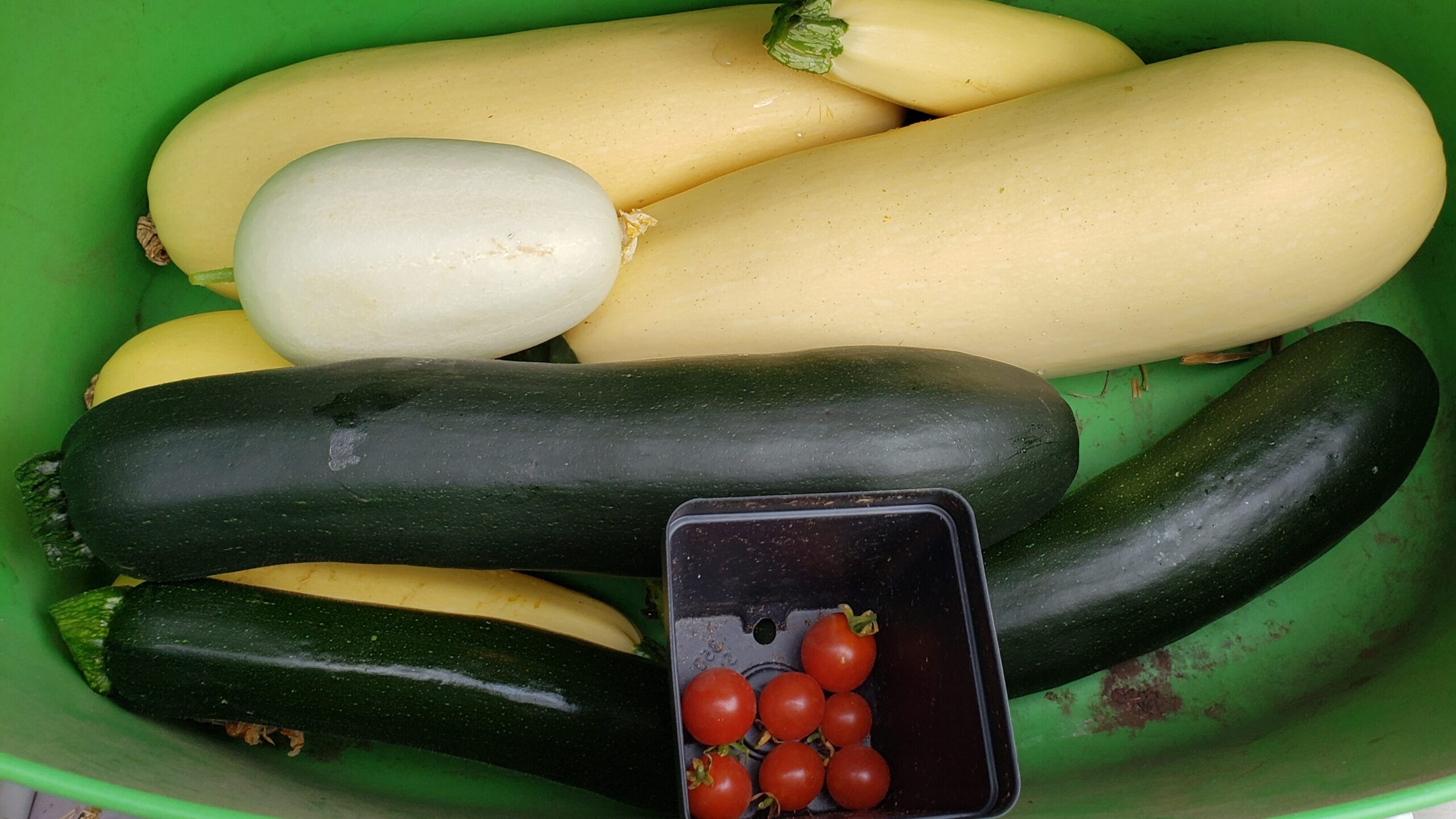
The choice of harvest time is important because it affects quality, nutritional value and flavor.
Summer squash is definitely picked with young seeds and tender skins. Over mature fruit must be cooked long to tenderize the skin which overcooks the flesh and also affects flavor.
Fall (winter) squash skins should be allowed to toughen until they resist gentle pressure from a fingernail. Seeds will be on their way to maturity but not viable yet: they are scooped out and discarded or dried and roasted. Maturity also develops flavor of the flesh. Allowing fruit and seeds to mature, will slow production,but this is the compromise with fall squash.
Leafy salad greens can be harvested when leaves are small and tender or allowed to grow until mid-sized. If allowed to grow large, seed stalks begin to develop and the greens become bitter. Cooking greens can likewise be harvested young or mid-sized. Mature leaves often develop fibers in mid-veins which even cooking doesn’t tenderize.
Heading greens such as lettuce should have developed firm heads. Cabbage is generally harvested loose for summer types, firm-headed for fall and winter types.
Root vegetables can be harvested small (think new potatoes or young beets) or allowed to grow to size. Do not allow them to grow oversize and become woody (carrots, beets and turnips). If timed right, middle aged to mature roots can be kept in the soil until harvest in October and November. Parsnips develop better flavor when harvested after frost and store well in the garden. If the soil is mulched, many root crops keep in the garden for winter digging.



